Articles
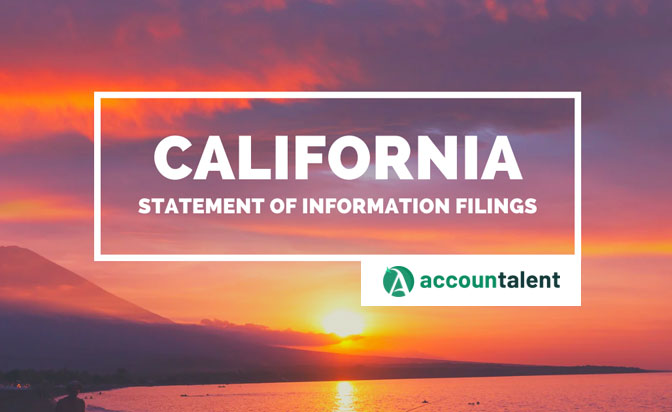
Keeping California Informed: A Guide to Annual Statement of Information Filings
Running a business in California requires keeping the state updated on your company’s essential details. […]
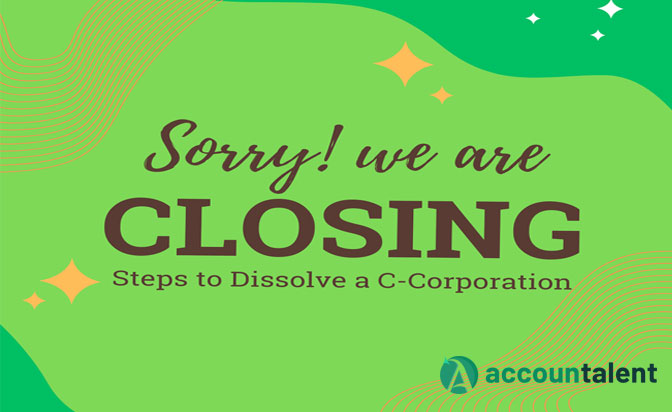
How to Dissolve Your Delaware C Corporation
IMPORTANT DISCLAIMER This is not legal advice. This guide will walk you through the steps […]

Mark Your Calendars, Startups: 2024 U.S. Tax Dates You Don’t Want to Miss
Running a C-Corporation comes with its fair share of perks, but tax season doesn’t rank […]
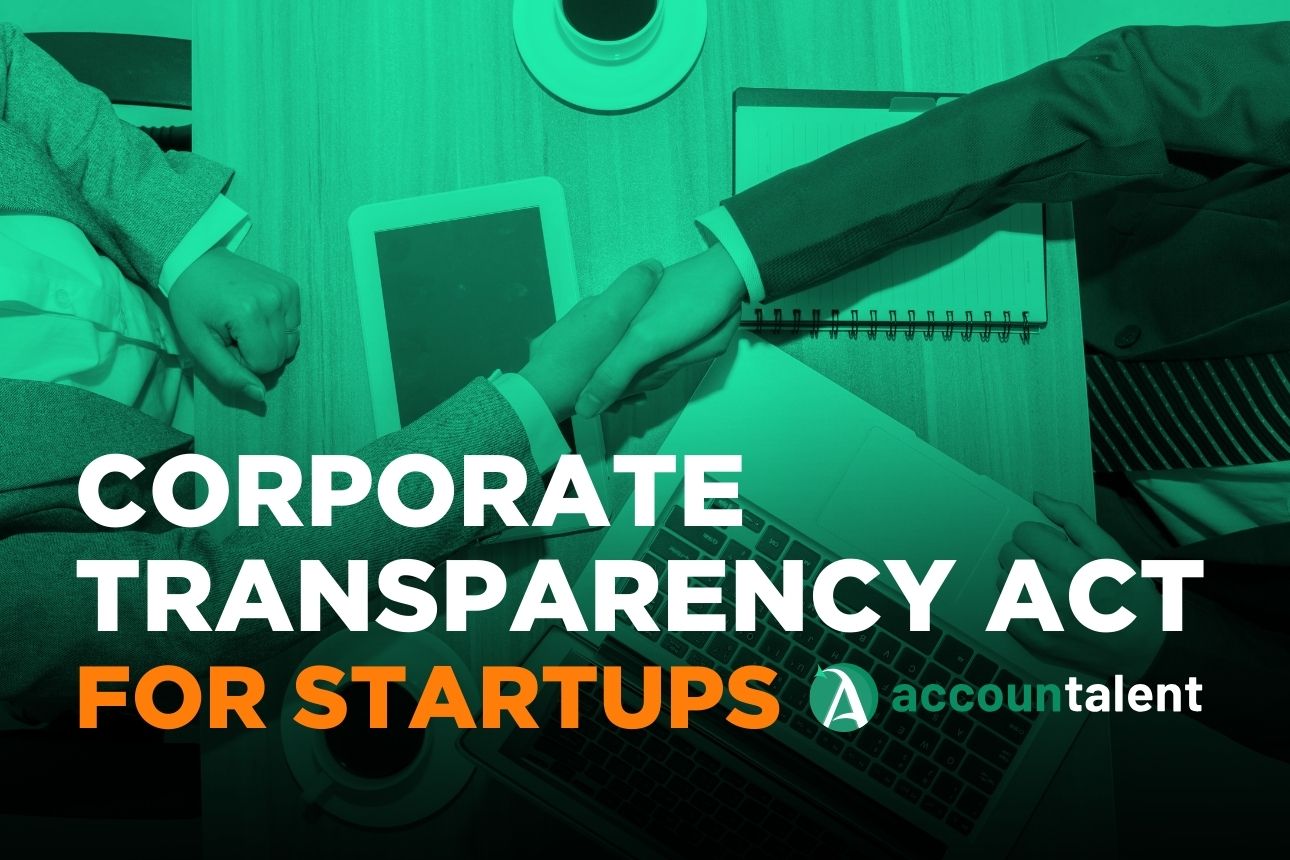
Corporate Transparency Act for Startups
Overview The Corporate Transparency Act (CTA) will negatively impact most startups by requiring them, starting […]

Accountalent 2021 Philanthropy Year-in-Review
As 2021 draws to a close, the Accountalent team wants to take a chance to […]
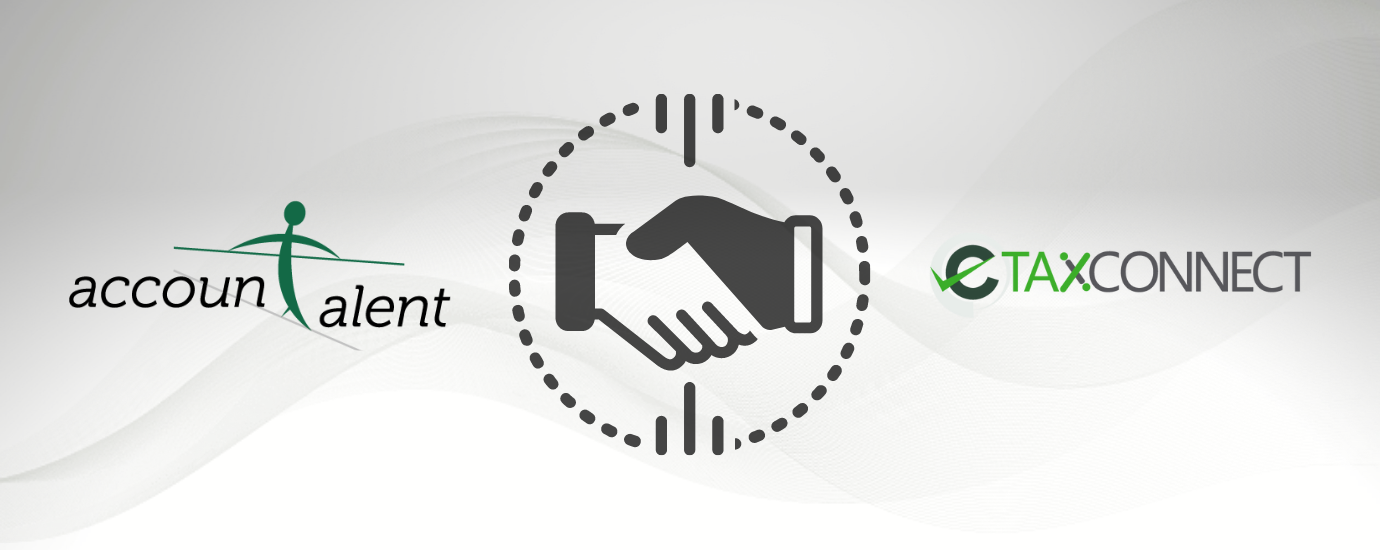
Press Release: Accountalent and eTaxConnect Join Forces to Offer R&D Studies to Software Startups
Accountalent is excited to announce its acquisition of eTaxConnect, an R&D study firm. Leading up […]

How Peter Thiel saved millions in taxes and so can other startup founders
Peter Thiel has been making headlines the past couple of weeks over leaked data obtained […]
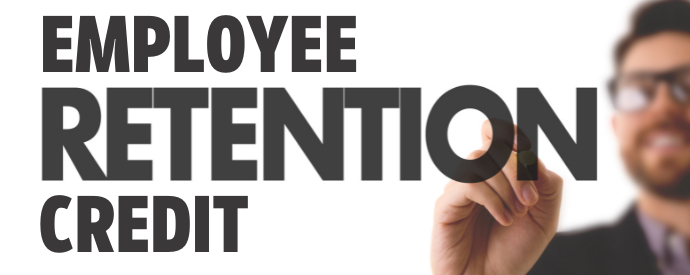
Employee Retention Credit for Pre-Revenue Startups
The Employee Retention Credit (ERC) is a refundable credit worth $7K per employee per quarter […]

Section 139 Plans: Startups BEWARE
One of the Bay Area “usual suspects” is at it again – this time pushing […]

Recovery Startup Business: RIP OFF ALERT – How to take advantage of this credit
Are you a Recovery Startup Business? You might be and not even know it. The […]